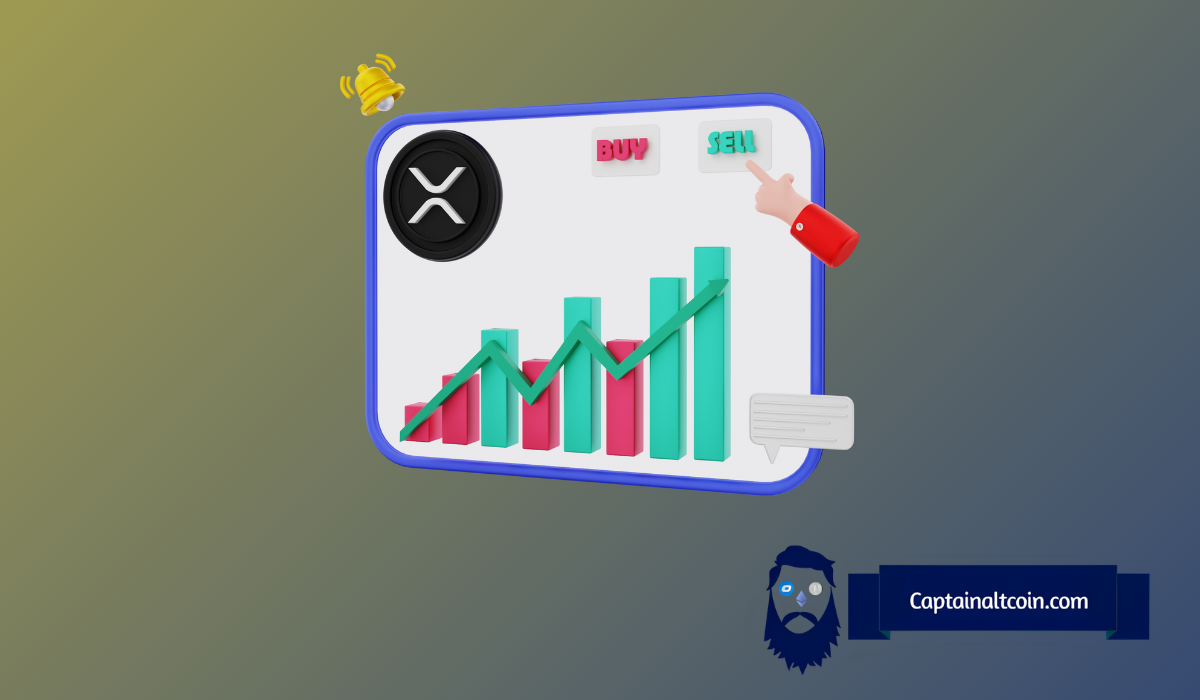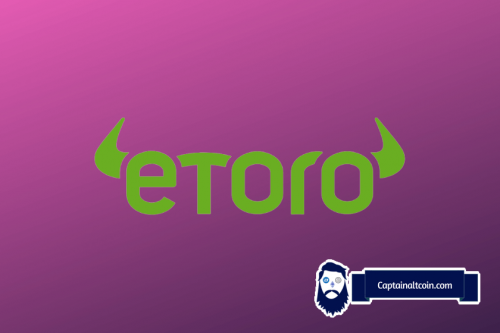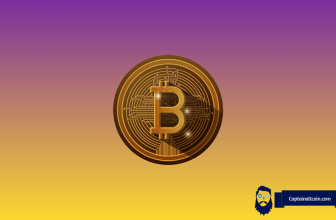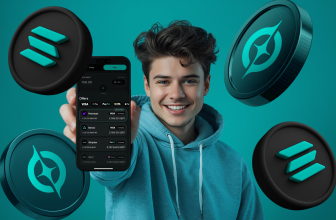
Ripple has always aimed big, and now a new projection shows just how high XRP could fly if it takes over the global cross-border payments market. According to Ripple’s Head of Payments Product, Pegah Soltani, the total volume of cross-border transactions could hit $300 trillion a year by 2030. That number alone is eye-opening – but what happens if XRP becomes the main bridge asset powering that market? Her analysis was shared in a thread on X by ‘TheCryptoBasic’ account.
In a recent video presentation, Soltani highlighted the pain points in current global payments. Even with trillions of dollars moving across borders today, the process remains painfully slow, expensive, and full of hidden costs. Businesses still deal with delays, multiple intermediaries, and outdated infrastructure. Ripple wants to change that. Its vision is simple: make cross-border transactions instant, affordable, and frictionless using blockchain and XRP.
To explain the potential, Soltani walked through a typical example. Imagine a business in the UK needing to send money to a supplier in the Philippines. Instead of going through multiple banks and waiting days, the company uses Ripple’s payment system. XRP acts as the bridge, converting British pounds into Philippine pesos in real time. The funds settle in seconds, not days, and the recipient gets the exact amount without any surprises or extra fees. This is Ripple’s selling point – and if widely adopted, it could completely shift how international money moves.
Here’s $XRP Price if It Handles 100% of Expected Annual Cross-border Volume of $300T by 2030. #Ripple🧵🧵🧵 pic.twitter.com/pFWl5SdM4K
— TheCryptoBasic (@thecryptobasic) June 3, 2025
So how does this tie into XRP’s price? That’s where things get really interesting. Using the $300 trillion figure, ChatGPT ran some calculations to explore what XRP’s value would be if it were used to handle the entire volume. With around 58.75 billion XRP tokens in circulation, dividing $300 trillion by the total supply gives a rough price of $51.06 per token. That’s already a massive jump from where XRP trades today.
But the story doesn’t end there. The calculation assumes that each XRP token is used only once per transaction. In reality, XRP could be reused – possibly dozens or even hundreds of times. This is known as token velocity. The faster tokens are reused, the less each one needs to be worth to support the same transaction volume.
At a velocity of 10, meaning each token is reused 10 times, XRP would need to support $30 trillion in value per cycle. That would push the price to over $510. If reused 50 times, the price would adjust to about $102. A velocity of 200 brings it down to $25.53, and if tokens are reused 500 times, XRP could still hit $10.21.
Of course, it’s unlikely that XRP will handle all global payments by 2030. But even if Ripple captures just 5% or 10% of the market, the price could rise sharply – especially if XRP adoption grows alongside transaction volume.
The takeaway is simple: XRP’s future value isn’t just about hype. It’s about real-world usage, global demand, and how often the token gets used. If Ripple continues expanding into new corridors and securing partnerships with banks and governments, this $300 trillion target becomes more than just a dream – it becomes a framework for how far XRP could actually go.
Read also: Ripple CEO Says XRP Will Rewire the Entire Banking System – Here’s What That Means
Subscribe to our YouTube channel for daily crypto updates, market insights, and expert analysis.
We recommend eToro
Wide range of assets: cryptocurrencies alongside other investment products such as stocks and ETFs.
Copy trading: allows users to copy the trades of leading traders, for free.
User-friendly: eToro’s web-based platform and mobile app are user-friendly and easy to navigate.









